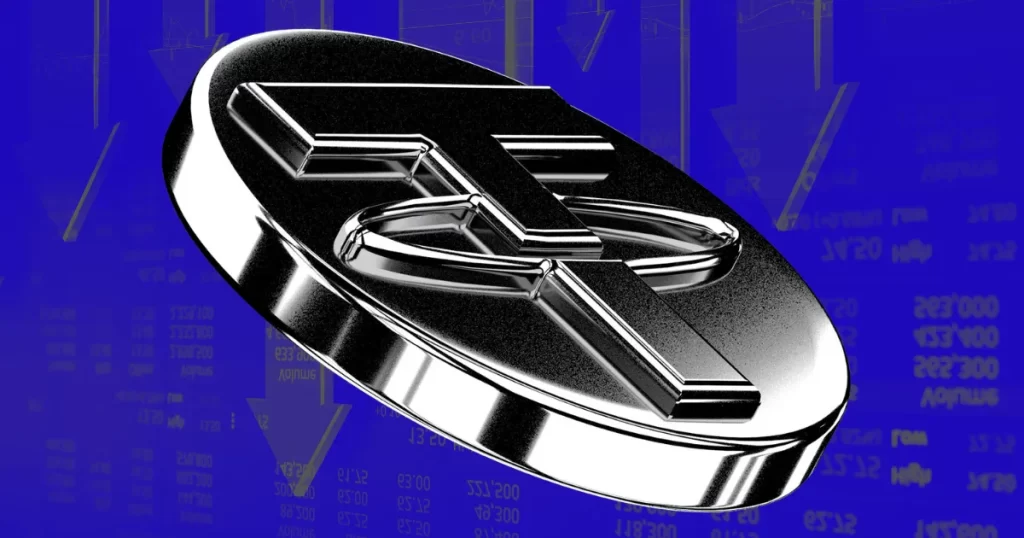- December 30, 2024
- Posted by: admin
- Category: BitCoin, Blockchain, Cryptocurrency, Investments


The post Tether’s USDT Delisting: Should Crypto Investors Be Worried? appeared first on Coinpedia Fintech News
Tether’s USDT, the largest stablecoin by market cap, is facing a major shift as it is delisted from EU exchanges starting today. This move has sparked a wave of fear, uncertainty, and doubt (FUD) across the crypto market.
Crypto analyst Axel Bitblaze suggests it might actually present a unique buying opportunity, much like past Tether-related FUD events. In a market where volatility is the norm, this latest development raises some interesting questions about the future of stablecoins and the crypto market as a whole.
Keep reading to discover why experts aren’t as concerned as the headlines suggest.
Why Is USDT Being Removed from EU Exchanges?
The delisting of USDT comes as a result of the European Union’s new MiCA regulations, which impose strict rules on stablecoin reserves. Tether hasn’t met these reserve requirements, forcing EU exchanges to remove USDT. However, this doesn’t make USDT illegal in the EU.
According to Bitblaze, crypto investors in the EU can still hold USDT in non-custodial wallets and trade it on decentralized exchanges (DEXs). The restriction only applies to trading USDT on MiCA-compliant exchanges.
Is the Stablecoin Market in Trouble?
Despite the FUD surrounding Tether, Bitblaze points out that the stablecoin market is still strong. USDT maintains a market cap of $138.5 billion and a daily trading volume of $44 billion, with 80% of that volume coming from Asia. Bitblaze reassures investors that the value of their assets isn’t dependent on which stablecoin they used to buy them.
Whether you use USDT, Bitcoin, or fiat currency, your assets are safe as long as they’re stored properly. In fact, Bitblaze suggests that this situation may turn out to be more bullish than bearish.
Tether Has Remained Resilient
Bitblaze reminds us that Tether has faced similar FUD in the past and has always bounced back. For example, in October 2024, when the U.S. government launched an investigation into Tether, Bitcoin’s price dropped by $2,000 within minutes. However, after Tether’s CEO denied the claims, Bitcoin quickly recovered, rising by 43%.
Other FUD events, such as accusations from the UN and attempts to depeg USDT, have caused temporary price drops but were followed by strong bull runs.
Tether FUD: A Signal to Buy?
Bitblaze believes that Tether-related FUD has historically been a sign of buying opportunities. These events tend to happen either when the market is at its lowest point or during a bull run. He suggests that crypto investors take screenshots of current prices and revisit them in February or March 2025. He predicts that most assets will be worth much more by then.
Despite the EU delisting, USDT is expected to remain a dominant force in the stablecoin market. As its market cap and demand continue to rise, this short-term setback is unlikely to change USDT’s long-term prospects.
Never Miss a Beat in the Crypto World!
Stay ahead with breaking news, expert analysis, and real-time updates on the latest trends in Bitcoin, altcoins, DeFi, NFTs, and more.
As the market reacts and adjusts, Tether’s long-term journey remains one to watch closely.
 (@Axel_bitblaze69)
(@Axel_bitblaze69) 